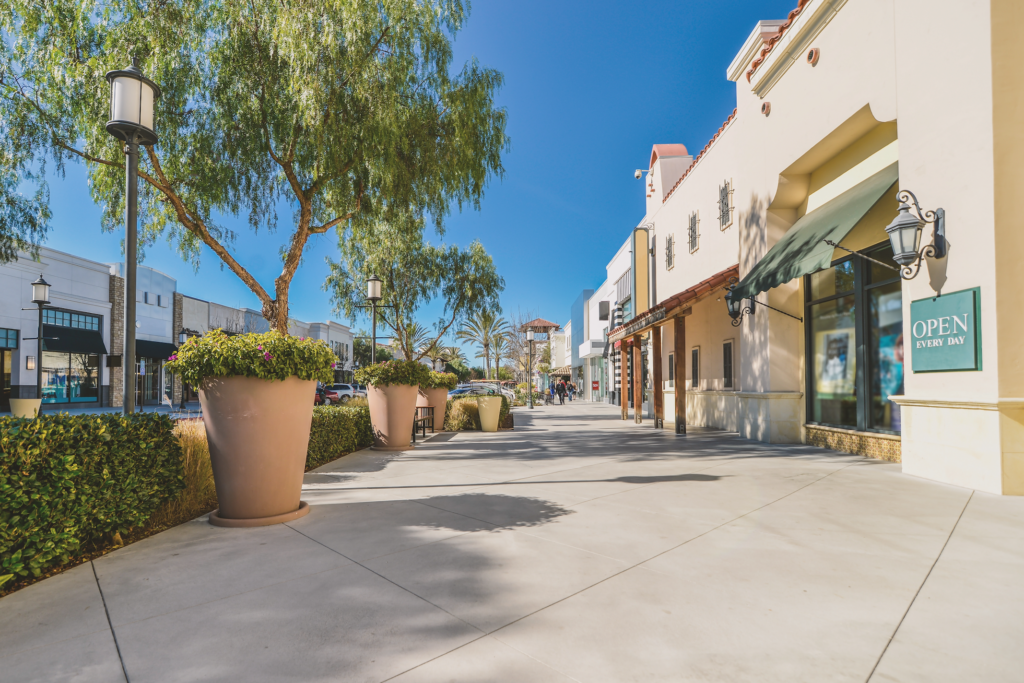Across all assets and classes, the commercial real estate market has shown signs of slowing – driven by an uncertain economic environment. Higher interest rates, inflationary pressures, and the threat of a possible recession are making it difficult to find good real estate opportunities.

My message to our team: Get creative and continue the search for value without sacrificing return objectives. At Rainier, most of what we’re looking at are stabilized income-producing real estate investments. We are also increasingly dabbling in the preferred equity space with creative structures that hedge risk while providing quality returns.
As a firm with a heavy focus on retail real estate, we are tracking the following trends while looking for value during a slowdown:
- Grocery-anchored shopping centers. We’ve been bullish on these investments for the last five years, as we correctly predicted that public perception of brick-and-mortar retail, in general, would change to the positive. Post-COVID, grocery-anchored retail has quickly become one of public and private investors’ most desired asset classes due to its high cash-on-cash yields compared to other investment types. Retail sales are at 20-year highs, and tenant health ratios are as good as they’ve been in a long time. Retailers contractually obligated rent increases of 1.5 – 2.5% a year compare favorably (for them) to inflation, currently sitting around 8%. Retailers were smart to lock in as much term – including options – as they did the last 10-12 years when they had leverage with landlords. They are set up for a nice run until these options expire, at which time the leverage will switch back in the landlord’s favor.
- Repurposed retail boxes. Brick-and-mortar retail is successfully competing with online-only retail. Shoppers are out again, craving in-person brand experiences. Also, retailers have figured out the shipping game and are beating Amazon and other online-only groups on cost for “last-mile” delivery. Currently, 95% of brick-and-mortar online sales are picked up or shipped from an existing brick-and-mortar store. Amazon has continued to expand its brick-and-mortar presence nationally, and more investors are looking at retail boxes as potential distribution facilities. Is brick-and-mortar retail the next “industrial?” Too early to tell, but we think a case can be made.
- Record-low construction. Between 2011 and 2021, annual DFW retail development decreased from 10 million to 1 million square feet. That’s one-tenth the amount of retail development, even with our booming Texas population numbers. With relatively no new development, dominant shopping centers with solid sales and demographics will remain on top for the foreseeable future. Further, owners will have the leverage to push rental rates higher when leases and options expire over the next 3-10 years. Until construction and labor costs get cheaper or retail rents increase to a level where tenants have optionality within markets again, landlords will have the hammer on upcoming renewals. Tenants will have to decide if they want to pay slightly increased rents rather than leaving a market or building a new box and increasing rent substantially to offset current build costs.
- Preferred equity investments. From 2009 to 2013, we primarily made preferred equity investments because of high-interest rates and non-existent higher leverage debt stemming from the 2008 financial crisis. Direct equity investing didn’t make sense to us (i.e., returns were too low for the implied risk), so we chose to take less risk through preferred equity while still targeting our historical investment returns. We believe this investing opportunity may be returning as the cap rate vs. interest rate spreads are now inverted in most asset classes, creating negative leverage. This structure may be preferable to traditional equity investing until the Fed gets control of inflation and the debt markets stabilize.
The last 12 months have been impressive for retail real estate, with vacancy rates at their lowest in years and growth in rental rates proving to be strong. We see the retail environment thriving based on pent-up consumer demand. Pandemic disruptions no longer figure prominently in retail, but we are keeping a cautionary eye on inflationary pressures as they may play on consumer attitudes in the near term. Retailers’ essential goods and services will continue to perform just like they did during the Recession of 2008 and just as they did during COVID of 2020. While the economy will likely continue to slow, retail investors in Texas and, specifically, DFW are in better shape than most to weather any pending economic storm.
Danny Lovell is president and CEO of The Rainier Companies.






